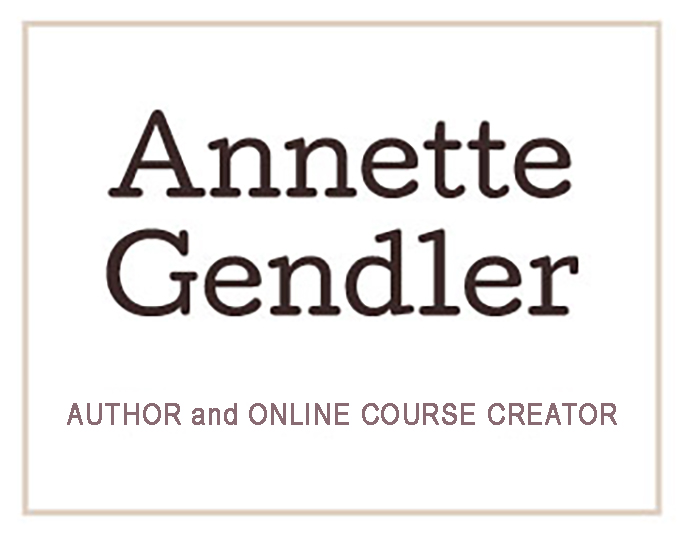 |
| Ellen Sheffield’s Book Arts Studio at Kenyon College |
One of my housemates at the Kenyon Writer’s Workshop was Mimi Chiang, and not only did we hit it off right away, but we also had lots to talk about writing-wise since she is working on a memoir but was taking the Literary Hybrid/Books Arts class, bravely stepping out of her comfort zone as she called it, and I am always keenly interested in all things memoir and intrigued by the book arts. I asked Mimi to share what she learned, especially any insights regarding her memoir project:
My Week as a Literary Hybrid/Book Arts Ingenue at the Kenyon Review Writer’s Workshop
by Mimi Chiang
 |
| Prompts for homework assignment no. 2: fiction |
First, thank you, Annette, for inviting me to post on your
blog about my Literary Hybrid/Book Arts experience. I appreciate your trust!
I had never heard of Book Arts and had zero experience with
Literary Hybrid as a writing genre, so I had misgivings when I enrolled. But, from the moment I stepped into the
“classroom,” I knew it would be a week of discovery and I am glad I took the
dive!
Our days were spent in a warehouse-sized studio with a
north-facing wall made of large paneled glass – not your usual writer’s
space. Daily homework comprised a short
writing assignment (non-fiction, fiction, or poetry), which we would transform
the next day into a different “genre” (fiction ” prose
” poetry) and then into a visual art piece.
 |
| Accordion book |
What makes book arts
distinctly different from other forms of visual art is that it incorporates
text or prose as part of the aesthetic experience. With Book Arts, the writing
(content) shares center stage with the art (form). Imagine bringing a 2D
creative language experience to a third dimension where the reader is
encouraged to use her hands and touch, feel, open, close, and turn the book, as
well as move her head this way & that in order to read and “get at” the
author’s words and meaning.
(Note: Could this cross-breeding of writing and art be translated to the computer/e-reader/tablet format? Yes! See Gretchen E. Henderson’s interactive site for her cross-genre book
Galerie de Difformite.)
The course is described as,
“using a range of (writing) exercises & materials…(to) create new work
through textual and visual explorations…” Indeed it was a week spent in a
creative (nearly all right-brain) state, where one’s writing is given new
meaning as well as taken to the next level in a manner that is a little hard to
put to words, a little abstract – a new meaning for the old & worn
principle of “Show Don’t Tell.”
 |
| Trifold book “Birth of a Poem” |
So what intangible out-of-the-box
concepts did I take home? Well, I’ve
been struggling with how to best structure my memoir in progress. As per a (very expensive) writing coach’s
instructions, I have an outline in scenes that follows the standard narrative
arc/3-act format (beginning, middle, end). But, every time I’ve sat down to write following this outline, a “this
isn’t right” nag intrudes. The story I
want to write doesn’t best fit into the typical, commercially successful, formula.
One project was a tri-fold book showing the transformation of a fiction piece into a poem. For another workshop project, I
created an artist’s statement based on the word “Family.”
Through these works, I thought
of “writing” a memoir in book arts fashion and by the week’s end, through the
ripple effect inherent in creativity, I had integrated what I learned through
the tri-fold story process to reveal the solution to my memoir’s structure
problem. While I will definitely create a large visual arts type of memoir for
posterity, the traditional manuscript version (which I hope to publish) will
not follow the classic arc but rather will lead the reader along an
unpredictable journey because that is what my life has been – a journey with
unforeseen events and much illogic.
My take-home lesson from
the workshop is that so long as I give the reader understandable (clear) cues
that draw her along with the content and keep her engaged (wanting to learn
more) without feeling frustrated (avoiding random gratuitous stuff just for art’s
sake and including hindsight perspective that helps to make sense of the
information), then I can forego the linear arc format so long as (of course)
the end remains connected in some fashion to the whole.
I’m looking forward to discovering
how my writing will evolve as I try to incorporate my LithyBookarts experience,
which can only best be understood through touch and physical manipulation – not
just words, and read without rules or clear boundaries – not from left to
right.




Hello Annette! I found you on Barbara Hodges blog http://purplepen-barbsmusings.blogspot.com/
When I saw yours "Memoir, Writing & Life," I definitely had to stop by! I'm an essayist and memoir writer. I've 99% completed my memoir which I've worked on for a LONG time! I have not heard of Book Arts, either, but it looks like something I'd love to attempt! 🙂
I'm your new follower!
Becky – welcome! I'm always glad to have another memoir writer following my blog. I hope you will find lots of useful stuff, inspiration and some entertainment here as well. Check out the "Memoir" tab for all kinds of posts on memoir.
Mimi, a pleasure to read this. Very insightful, and it seems you've taken quite a bit from the Kenyon sessions.
Annette thanks for capturing these from this past summer! I am creating a chapbook of my own work for a class I'm taking, and I wanted to incorporate some things from the literary hybrid arts workshop (only I couldn't remember any specifics). Thanks again. Hope you are well!